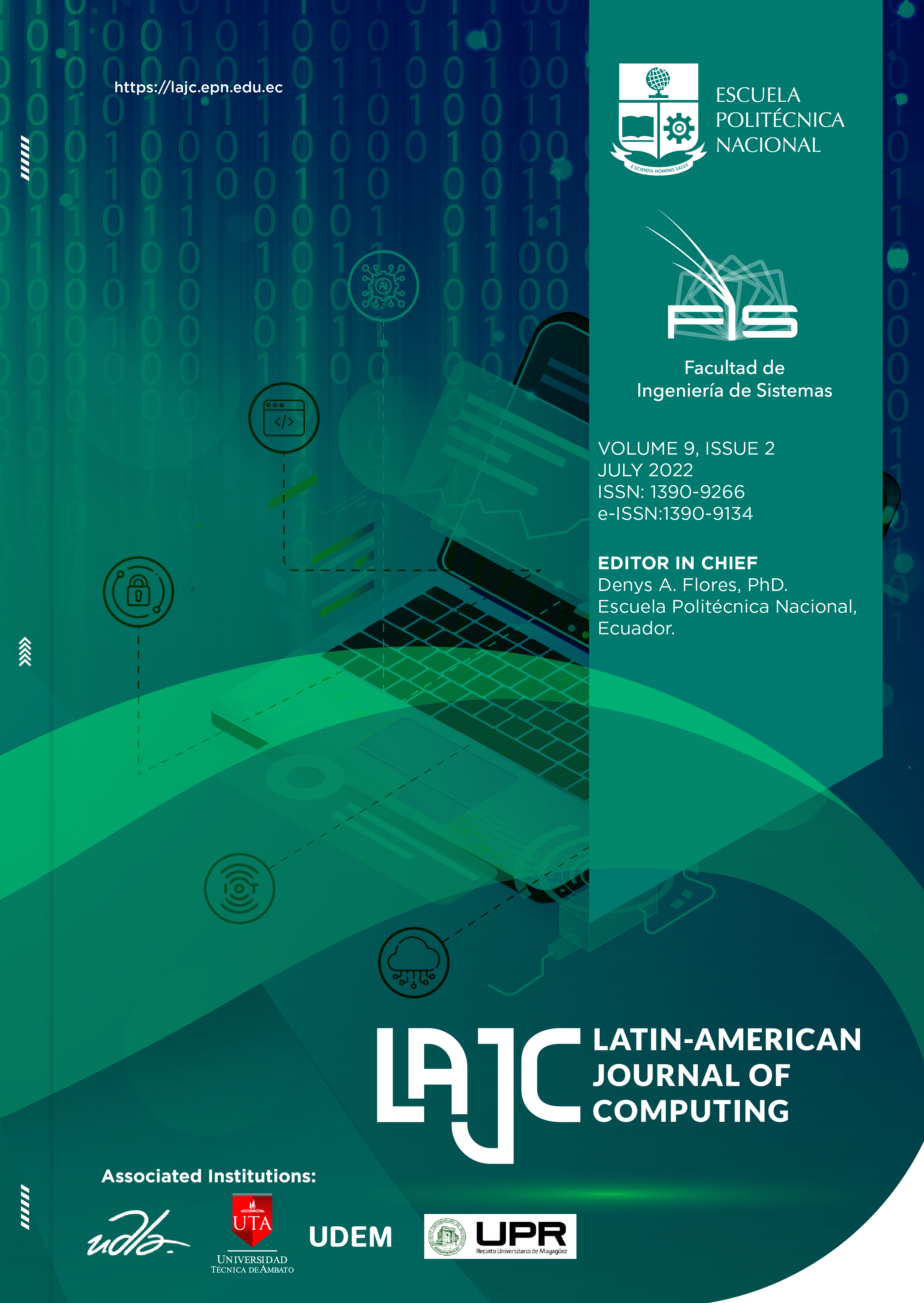Performance Evaluation of Mobile Sensor for Context Awareness User Authentication
Keywords:
Mobile Sensor, Authentication, Mobile Device, AccelerometerAbstract
With the increase of smart devices and their capacities, their use for different services have also increased. As much as this is an advantage, it has posed additional risks because of the confidential information stored on them. This has increased the need for additional security on these systems. Most of the methods used for user authentication pose certain drawbacks that are either easy to circumvent or cumbersome to use. As a result, multi-level means of authentication is needed to improve the security of mobile devices. Sensors are playing a vital role in the mobile ecosystem to enhance different services. These sensors can be leveraged upon as a solution for user authentication. This research analyzed and evaluated different mobile device sensors for continuous and transparent user authentication. The mobile data used includes gyroscope, accelerometer, linear accelerometer, proximity, gravity, and magnetometer sensors’ data. Using a Feedforward Neural network for data classification after extracting features from the different sensors available in the mobile device; the most effective was selected by evaluating performance of the different sensors. The best sensor, the accelerometer was further experimented on. The experiment showed that smartphone accelerometer sensor exhibits sufficient discriminability, stability, and reliability for active and continuous authentication, by achieving a performance of 6.55% for the best overall EER.
Downloads
Published
Issue
Section
License
Copyright Notice
Authors who publish this journal agree to the following terms:
- Authors retain copyright and grant the journal right of first publication with the work simultaneously licensed under a Creative Commons Attribution-Non-Commercial-Share-Alike 4.0 International 4.0 that allows others to share the work with an acknowledgement of the work's authorship and initial publication in this journal.
- Authors are able to enter into separate, additional contractual arrangements for the non-exclusive distribution of the journal's published version of the work (e.g., post it to an institutional repository or publish it in a book), with an acknowledgement of its initial publication in this journal.
- Authors are permitted and encouraged to post their work online (e.g., in institutional repositories or on their website) prior to and during the submission process, as it can lead to productive exchanges, as well as earlier and greater citation of published work.
Disclaimer
LAJC in no event shall be liable for any direct, indirect, incidental, punitive, or consequential copyright infringement claims related to articles that have been submitted for evaluation, or published in any issue of this journal. Find out more in our Disclaimer Notice.










